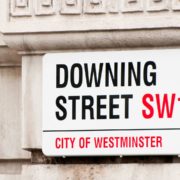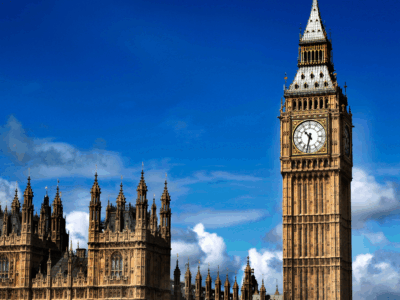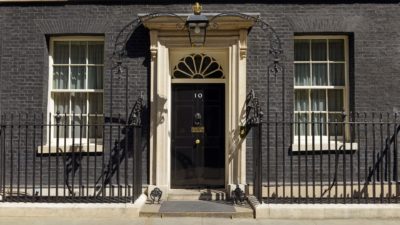The number of transactions for UK residential properties, valued at £40,000 or more, jumped 2.3 per cent in September, according to recent data by HM Revenue & Customs.
As a result, the number of residential property transactions rose to 101,740 in September. This marks a significant increase, as transaction volumes had been static for much of the past six years, especially after the introduction of additional charges for Stamp Duty being levied on those with more than one home in March 2016.
Despite the increase in transactions last month, residential transactions remain below their pre-2008 peak, of 150,000 transactions, which reflects a fairly constant level of activity within the housing market in more recent times.
Return to trend
The rise in residential property transactions reflected a revival of activity within the housing market.
In September, online estate agency Housesimple addressed an apparent summer slowdown in new residential property listings, claiming that activity was often softer in the summer, but that it tended to return back to trend by the autumn.
Investors in the UK housing market have weathered a raft of regulatory changes in recent years. One of the leading causes of the static activity in the residential property sector in the past three years has been the level of Stamp Duty levied on those who own multiple properties.
The changes to Stamp Duty caused an additional three per cent to be added to Stamp Duty bills on second homes, starting in April 2016. It was originally proposed as a means to reduce competition between buy-to-let landlords and first-time buyers (FTBs) in the starter home market.
HM Revenue & Customs noted that transactions activity actually spiked ahead of the changes in March 2016, with residential transactions rising to 180,000 for one month only at the time, as investors digested the regulatory changes feeding through into the markets.
Brexit persists
Despite regulatory changes in the housing market, Brexit is just as likely to have played a pivotal role in some of the changes in activity. Investors appeared to increase activity in what were expected to be the final weeks before the UK’s expected EU departure date, showing likely uncertainty about how the market might behave after 31st October.
For a number of months, investors assumed that the UK would leave the EU on that date, but recent developments in Parliament suggest that the timetable for Brexit could be delayed further.
On Tuesday 22nd October, MPs voted in favour of Mr Johnson’s Brexit deal, but a second vote on the timetable for Brexit was scuppered, when MPs voted against Mr Johnson’s plans to push the deal through Parliament within just a few short days. Mr Johnson responded to the votes, by pausing the progress of his Withdrawal Agreement Bill (WAB).
Donald Tusk, President of the European Council, tweeted in response, saying: “Following PM Boris Johnson’s decision to pause the process of ratification of the Withdrawal Agreement, and in order to avoid a no-deal Brexit, I will recommend the EU 27 to accept the UK request for an extension. For this, I will propose a written procedure.”























Comments